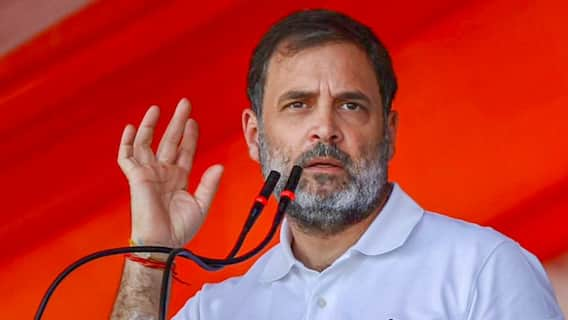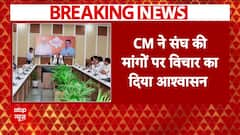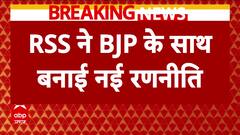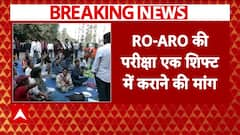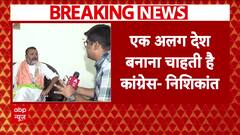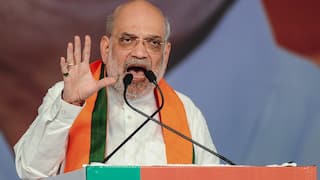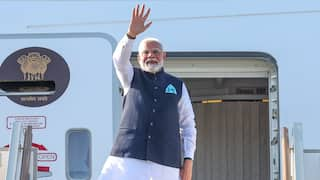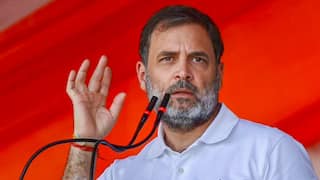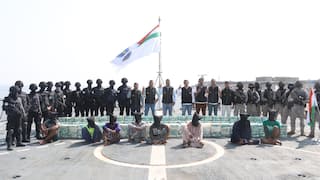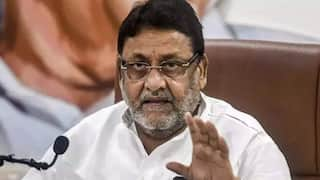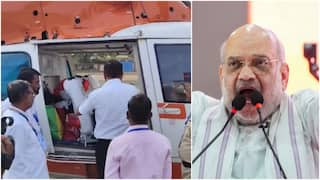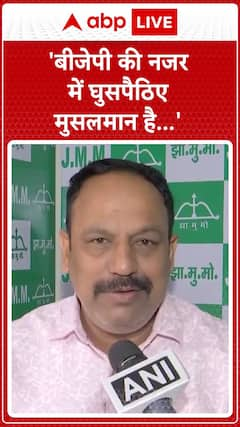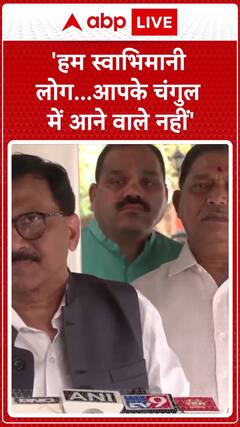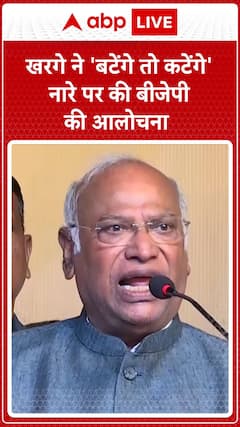India on path of development of tax collection, domestic capabilities

Lucknow (Uttar Pradesh) [India], May 20 (ANI): The United Nations Organisation's (UNO) goal number 17 refers to the development and utilisation of its resources for the continuous promotion from countries of the world.
The UNO believes that the financial assistance given by the global organisations to the developing countries will not work until these countries are able to streamline their resources and modalities in line with the direction of development.
The subject experts of the UNO also periodically provide relevant suggestions to the developing countries. This can be understood in relation to Goods and Services Tax (GST), which the UNO has made quite strictly to implement it.
Although the first GST was implemented by France in the world, India has adopted Canada's two-tier GST model while implementing GST last year. In fact, due to the incomplete preparations and being implemented in a hurry, GST is being manipulated repeatedly, due to which it has now become India's self-sustaining multi-layered GST model instead of the two-tier model adopted by Canada.
The UNO talks about Global Partnership for the development so that between the developed and developing countries, not just economic resources, but also the exchange of modern technology. It is the result of UNO's efforts that between 2000 and 2014, there was an increase of 66% in its development assistance. During this period, the quantity of duty free goods and commodities imported from developed countries to developed countries increased from 65 percent to 79 percent. Due to mutual cooperation, the use of mobile phones and Internet usage has increased by more than 10 times.
The biggest obstacle in the way of developing countries is their debt over which they have to pay a large portion of their income in the form of interest and installments. In the year 2000, the debt covered by developed countries was about 12 percent which was reduced to 3.1 percent by 2013. In this the biggest role of trade has been increase in business, better management of loan amounts, freedom from debt given to the poorer countries and better facilities for selling these goods to these countries in international markets.
India's record in the context of global partnership has also been praiseworthy. With about 95 crore telephone connections, India is the second largest telephone network in the world. Out of these 39 crore connections are in the country's rural areas. The result of this is that India has made rapid progress in the field of Internet.
According to available data of the Internet and Mobile Association of India (IAMI) of the year 2018, there are a total of 50 crore Internet users in the country. In the process of globalisation and participating in the race for global economic progress, India has emerged as a major development partner and India has provided technical-economic and intellectual support to many developing and developed countries of the world. India's ICT Industry and IT have joined hands with the world's greats in these areas.
Similarly, as a participant of development-cooperative activities, India has ensured facilitating access to the international markets of the backward countries in addition to cooperation and economic cooperation in developing technical cooperation and capacity expansion programs.
The matter of mobilising domestic resources in relation to the Indian economy is quite intriguing. Dynamic means that we have the resources but they are not being exploited and they are not reaching the government treasury. It is necessary to have a fixed system in place in order to exploit resources. In this case, the resources have to be identified and brought under the tax net. The UNO's bank group helps in making the tax system modern and more relevant in the developing world, as recently the new tax regime in India - GST has been implemente.
In relation to India, there are two types of resources available- one isthe natural resources, such as coal, petroleum, natural gas, water and spectrum etc., and secondly, human resources such as labour classes and intellectual classes. With the proper exploitation of these two types of resources, real economic resources like savings, taxes and investments are generated.
But the bitter argument is that in the absence of proper working arrangements in the country, natural and human resources are not being used properly. India has the world's largest working human resource, but it is unable to utilize its rapid growth. The weak human forces available with the country, which are especially groups of women, children, scheduled tribes, and other Dalit castes, need to be brought in mainstream because it will speed up economic progress.
There is a large army of young people in the country who can be trained in skill development by training them in productive work. Although the government has also run such training programs, it is not enough in terms of progress and execution. To take the country on the path of rapid progress, people need to be encouraged to invest in agriculture and industry, and for this, reliable rules should be made.
Similarly, it is the government's task to gather the four key elements needed to produce - building land, labor, capital and organization by creating an environment in order to become a trustworthy state of development and investment. In low-income countries where poverty is very high, it is very challenging to mobilize domestic resources.
In such a situation, the poor countries have to rely on foreign direct investment, foreign aid, international aid and income from exports. If the investor has his own financial interest in foreign direct investment, there are a lot of restrictions and conditions in foreign aid which is a hindrance in the development of any sovereign nation. Therefore it is best to develop your own domestic resources.
The UNO calls the Indian tax system 'notorious' and very complex and believes that by implementing easy tax system in India, domestic resources can be exploited properly, which will work faster in speeding up the country's development and reducing poverty.
The views expressed in the above article are that of Sunil Amar of Charkha Development Communication Network. (ANI)
This story has not been edited. It has been published as provided by ANI
Top Headlines
Trending News







